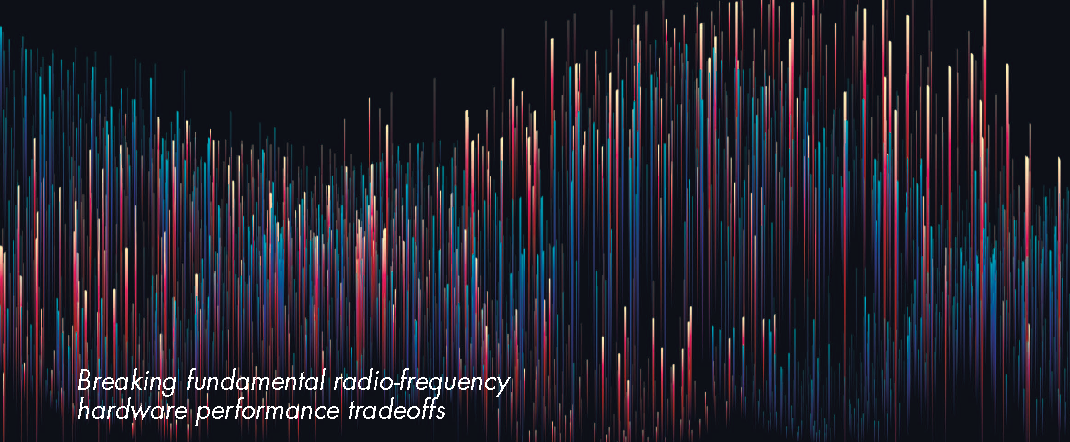Taking Compressive Sensing to the Hardware Level

Compressive sensing (CS) theory opens promising avenues toward building rapid and energy-efficient sensing systems in a wide range of applications that require inherently high temporal and/or spatial resolution while exhibiting a sparse signal structure. CS facilitates a sampling theory that allows for signal recovery using fewer measurements than required by the Shannon-Nyquist sampling theorem. Previous hardware solutions based on the Shannon-Nyquist sampling theorem suffer from fixed tradeoffs between scan time and power consumption. Moreover, trading power for reduced scan time, which can significantly increase the complexity of the hardware, does not improve its overall energy consumption. In contrast, CS leverages the usage of signal structure, such as sparsity or compressibility in an appropriately chosen transform basis, to enable new tradeoffs with substantial improvements to both time and energy per scan.
Applications requiring a high-resolution acquisition of structured sparse signals are ideal candidates for CS. Some obvious application fields that could benefit from CS include medical diagnostics, weather forecasting, wireless communications, autonomous vehicles, and video systems.
The goal of this article Taking Compressive Sensing to the Hardware Level written by R. T. Yazicigil, T. Haque, and etc. published in IEEE Signal Processing Magazine in March 2019 is to review recent efforts to realize the benefits of CS in custom sensing hardware and the broad challenges that arise by investigating an example application in radio-frequency (RF) communications. The authors discuss in detail how using CS for the design of RF spectrum scanners can break through the fixed tradeoffs among scan time, hardware complexity, and energy consumption of traditional scanner architectures. Using the specific example of RF spectrum sensing, the authors demonstrate how close collaborations between hardware and signal processing experts can yield new solutions that advance the state of the art in an important application domain. The authors stress the problems that arise when designing a custom hardware for CS and address questions that often go beyond the currently available literature in CS, e.g., coping with the impairments of real hardware and avoiding catastrophic breakdown when the spectrum becomes nonsparse.

